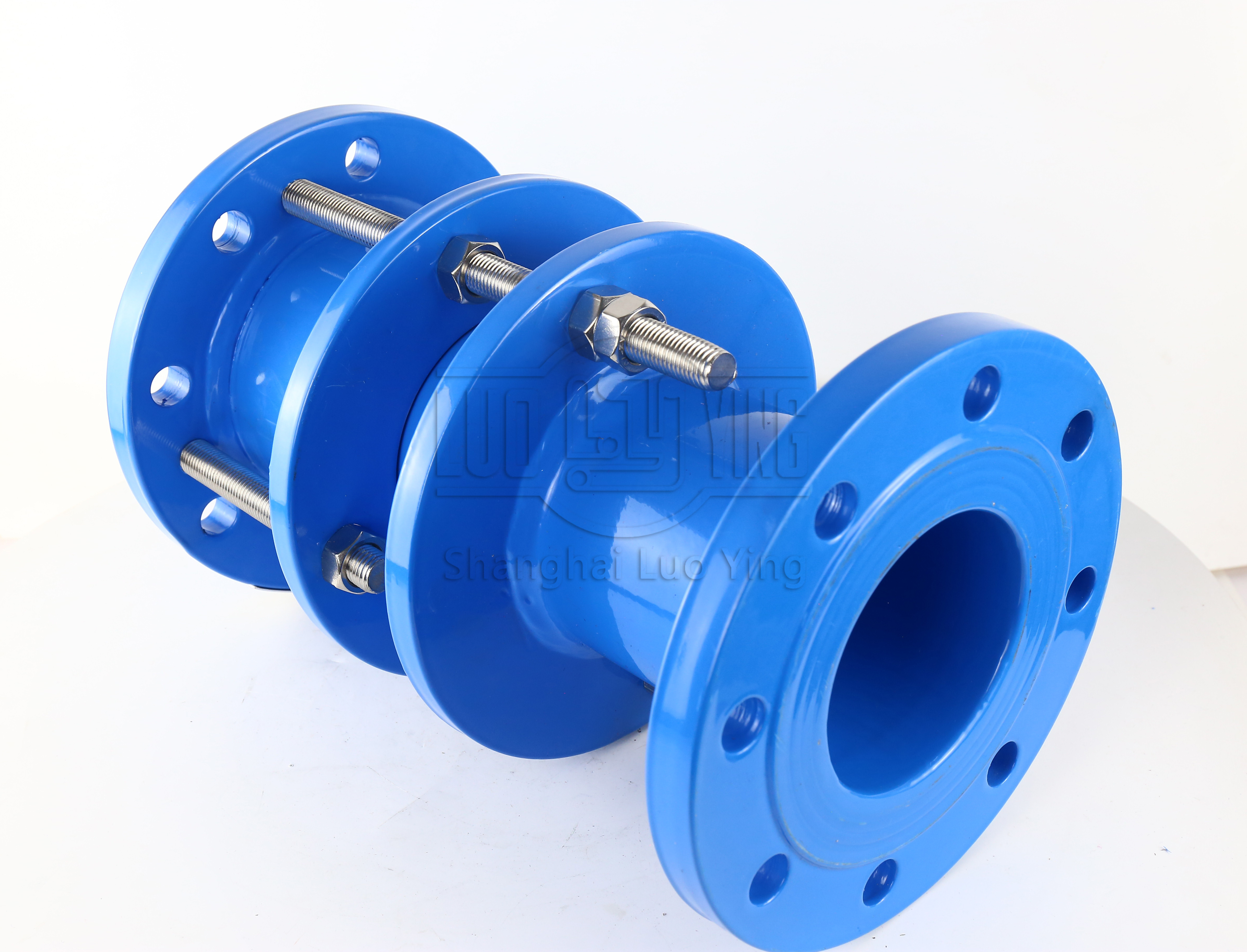The painting process of expansion joints is just as important.
Jul-23-08
The painting process of expansion joints is just as important.The painting process of expansion joints is an essential step in ensuring their longevity and maintaining their functionality. Expansion joints are crucial components used in various structures, including buildings, bridges, and roadways. They allow for the expansion and contraction of materials due to temperature changes, seismic activity, or other external factors, preventing damage and ensuring structural integrity.
While the primary function of expansion joints is to accommodate movement, their aesthetic appearance should not be overlooked. A meticulously executed painting process not only enhances their visual appeal but also offers several practical benefits. Here, we will delve into the importance of painting expansion joints and the steps involved in this process.

Furthermore, painting expansion joints aids in their overall maintenance. Regular inspection and cleaning of expansion joints are essential to identify any signs of damage or wear. Painted surfaces are easier to clean, allowing for thorough inspection and necessary repairs if required. The paint acts as an indicator of the condition of the joints, making it easier to spot any abnormalities or potential issues.
Aesthetically, painting expansion joints contributes to the overall visual appeal of structures. These joints are often visible to the naked eye, especially in buildings and bridges where they may be exposed or integrated into the design. A well-painted joint enhances the architectural beauty of the structure, adding a polished and finished look. It also helps to create a uniform appearance, especially when multiple joints are present in close proximity.
The painting process of expansion joints involves several steps:
1 . Surface Preparation: The joints need to be thoroughly cleaned and prepped before painting. Any loose debris, dirt, or old paint should be removed using wire brushes, sandpaper, or other suitable tools. This step ensures proper adhesion of the paint and a smooth finish.
2 . Priming: Applying a primer coat is crucial to enhance the bond between the surface and the paint. Primers provide better paint adhesion, improve durability, and offer additional corrosion resistance. The type of primer used may vary depending on the material and location of the expansion joint.
3 . Painting: Once the primer has dried, the actual painting process can begin. The type of paint used will depend on various factors such as the substrate material, location, and desired finish. High-quality paints specifically formulated for exterior use, with excellent weather resistance and corrosion protection, are recommended.
4 . Multiple Layers: In some cases, multiple layers of paint may be required to achieve the desired appearance and protection. Each layer should be allowed to dry before applying the next one.
5 . Inspection: After the painting process is complete, a final inspection should be conducted to ensure the joints are properly coated and all areas are covered. Any touch-ups or corrections can be made at this stage to ensure a uniform finish.
In conclusion, the painting process of expansion joints is crucial for their long-term durability, functionality, and aesthetic appeal. It protects them from corrosion, facilitates maintenance, and enhances the overall visual appeal of structures. By following the necessary steps and using high-quality materials, the painting process ensures that expansion joints remain both functional and visually pleasing for years to come.

